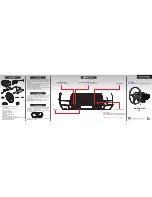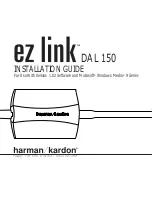
CS725 Snow Water Equivalent Sensor
22
the system for a minimum of 48 h. Increase capacity where frequent power
outages are expected.
7.2.1 Solar Powered Sites
The maximum power draw from the CS725 is 180 mA (4.32 Amp-hours) per
day. It is recommended that solar powered systems be designed with a
minimum reserve capacity of 260 Amp-hours. It is important to account for the
power draw from other equipment that may operate from the power supply.
A large reserve capacity is required:
•
As solar panels may become covered in ice and snow, charging may not be
possible for extended periods of time.
•
Battery capacity decreases in cold temperatures.
•
Cold temperatures can significantly reduce battery ability to received a
charge. Generally, very little charging occurs below -30°C.
Solar Panel Size:
Solar panels required to charge the CS725 should be sized according to the
geographic location of installation and total maximum power draw.
7.3 Wiring
The wiring for the CS725 connector-cable assembly is:
TABLE 7-1. CS725 Connection to Datalogger and DB9F-TERM
Colour
Connection to
Datalogger
Connection to
DB9F-TERM
Function
Black
G
No connection
Power Ground
Red
+12Vdc
No connection
Power Source
Green
Com Port – Rx
Pin 2
RS-232 Tx
(sensor output)
White
Com Port - Tx
Pin 3
RS-232 Rx (sensor
input)
Clear
No connection
Shield
Large
Green
No connection
Battery G
Earth Ground
RS-232
Port
No connection
RS-232 of PC
(DTE)
RS-232
Communication
Summary of Contents for CS725
Page 2: ......
Page 35: ......
Page 47: ......
Page 49: ...Appendix Title B 2 ...
Page 52: ...CS725 Snow Water Equivalent Sensor C 3 ...
Page 55: ......
















































